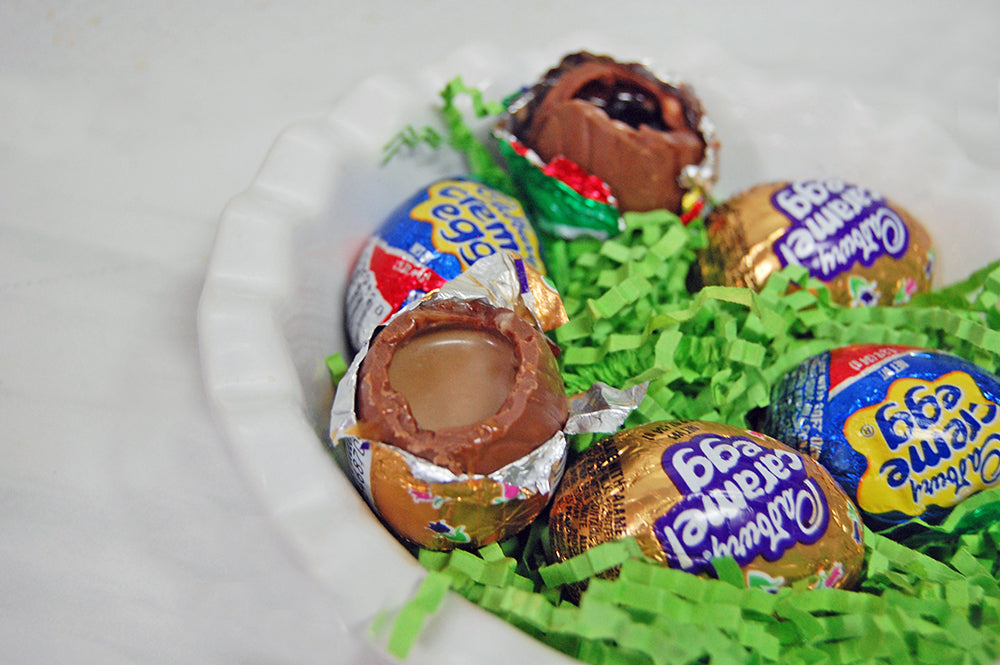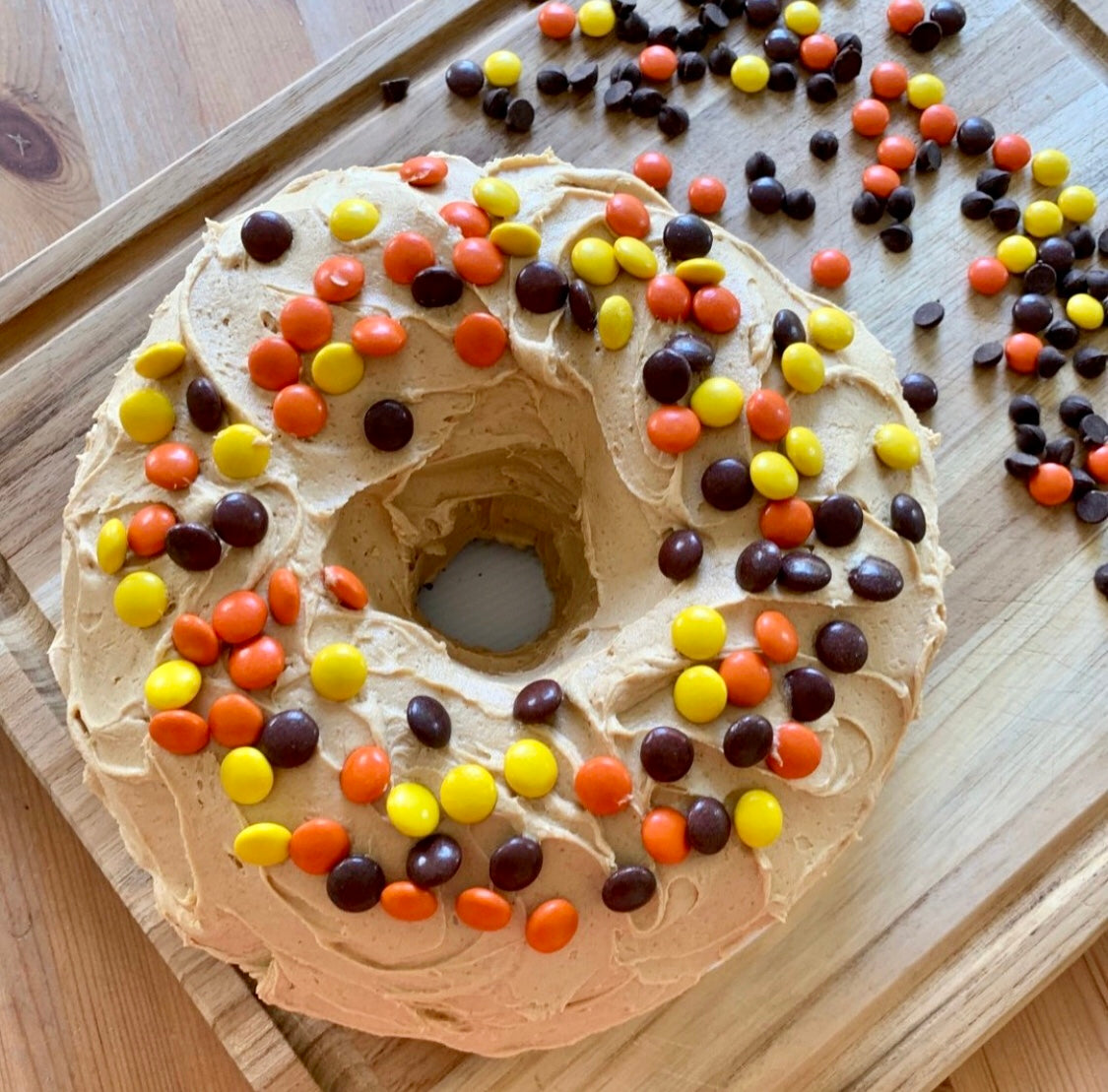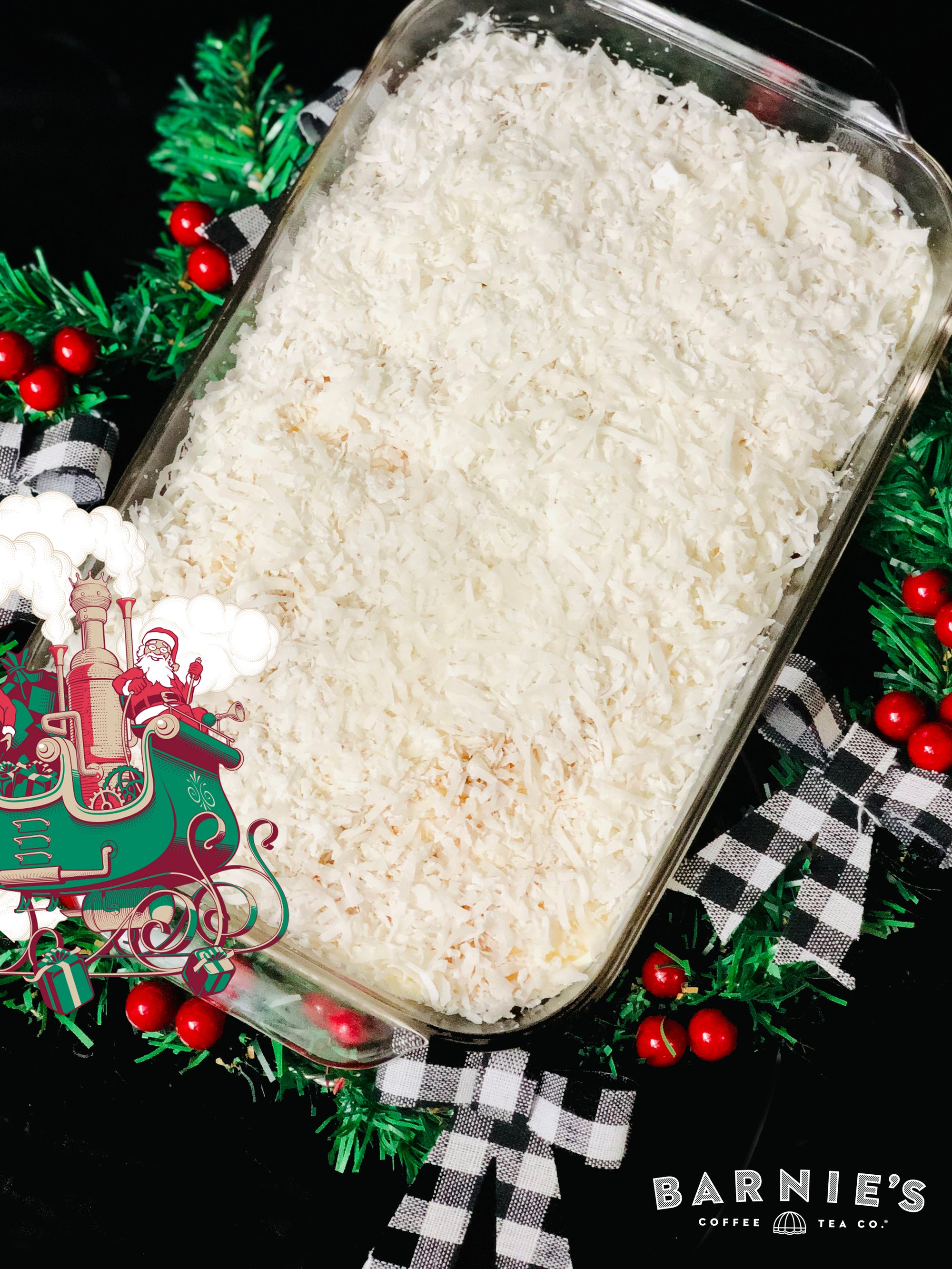The pour-over coffee method is similar to the drip method, in that you saturate coffee grounds with water and collect the liquid as it passes through a filter. However, one of the main problems with the drip method is that you have little control over how the machine brews the coffee.
The pour-over method allows you to control the temperature of the water, the speed at which it goes into the grounds, the amount of time it brews and how much it makes. Coffee enthusiasts tend to prefer this method because it allows them to control the taste, texture, temperature and strength of the brew.
While there are several types of devices you can use to make pour-over coffee, the method remains the same:
- Heat the water to your desired temperature — most people use a gooseneck kettle, as it helps control the flow of water.
- Put the filter and coffee grounds in place — preferably fresh-ground.
- Add enough hot water to wet all the coffee grounds.
- Stop pouring and wait for about 30 seconds.
- Continue pouring the water over the grounds at a slow and consistent rate.
- Stop when you've produced the desired amount of coffee.
Since this process is entirely manual, you can control almost every aspect of the process. If you want a fuller flavor, you can let the water sit longer in the grounds. If you want it weaker, you can alter the ratio by using more water or fewer beans. If you want a hotter drink, you can start with a higher water temperature. Nearly every step is customizable, so you can make each cup customized to your taste.
However, this method also allows more room for error. Unless you're diligent with your measurements and ratios, you'll have trouble creating the same result twice. Even a minor variation in the recipe can completely change the taste.
Pour-over's recent rise in popularity prompted many manufacturers to produce different devices for using the method. While several variations exist, they fall into two categories — single-serve and multi-serve. Single-serve pour-overs create one serving and sit on top of the cup. As the water falls through the grounds and filter, the device dispenses the coffee directly into the cup. Once all the liquid has passed through, it's ready for drinking. Multi-serve pour-overs make several servings and collect the coffee in the bottom of the device. The user can then remove the spent grounds and filter and pour out the coffee into each cup.









